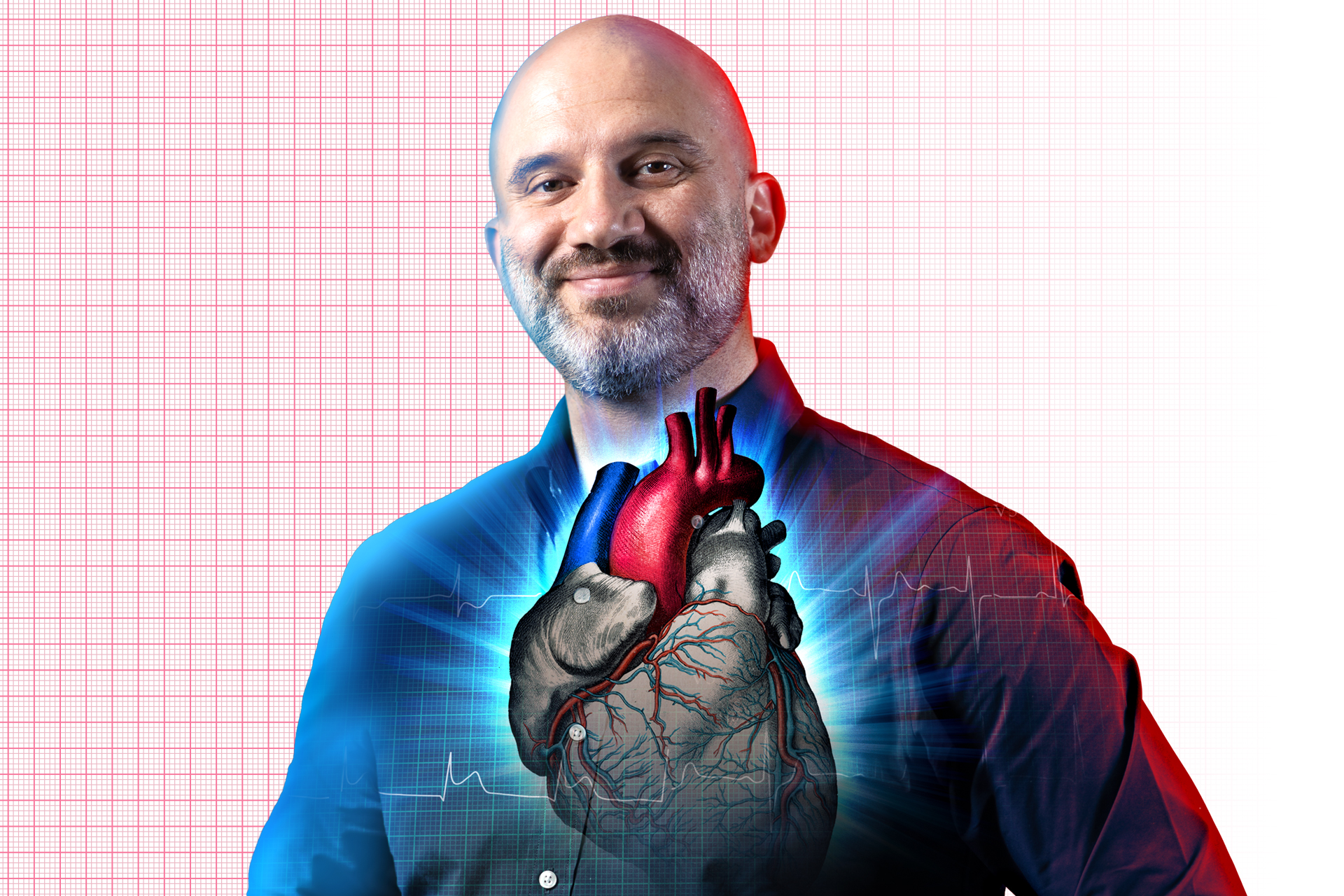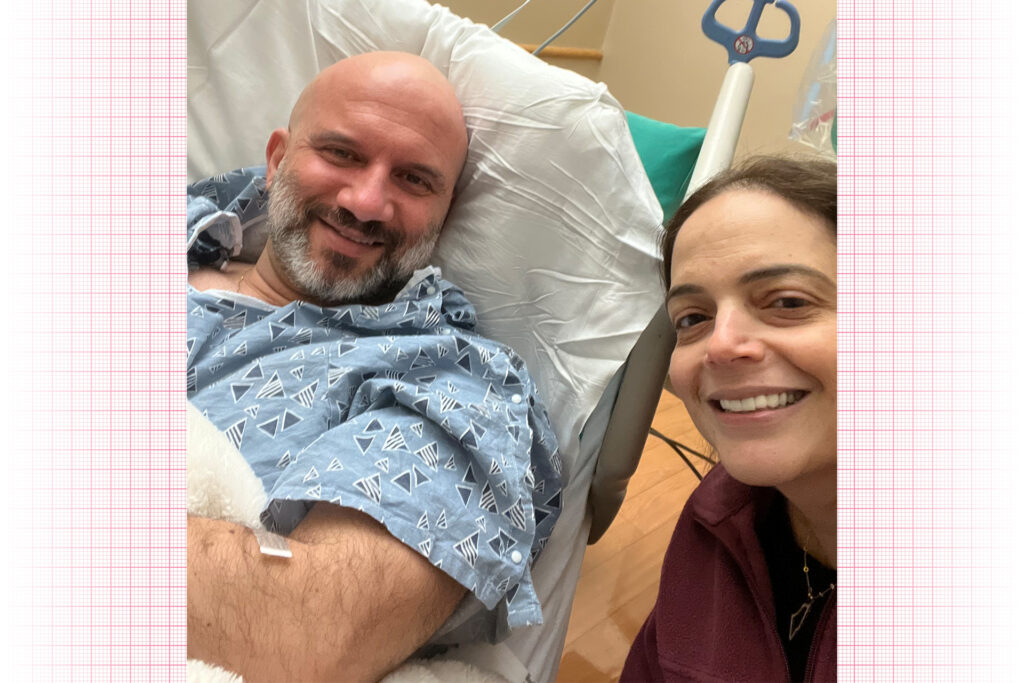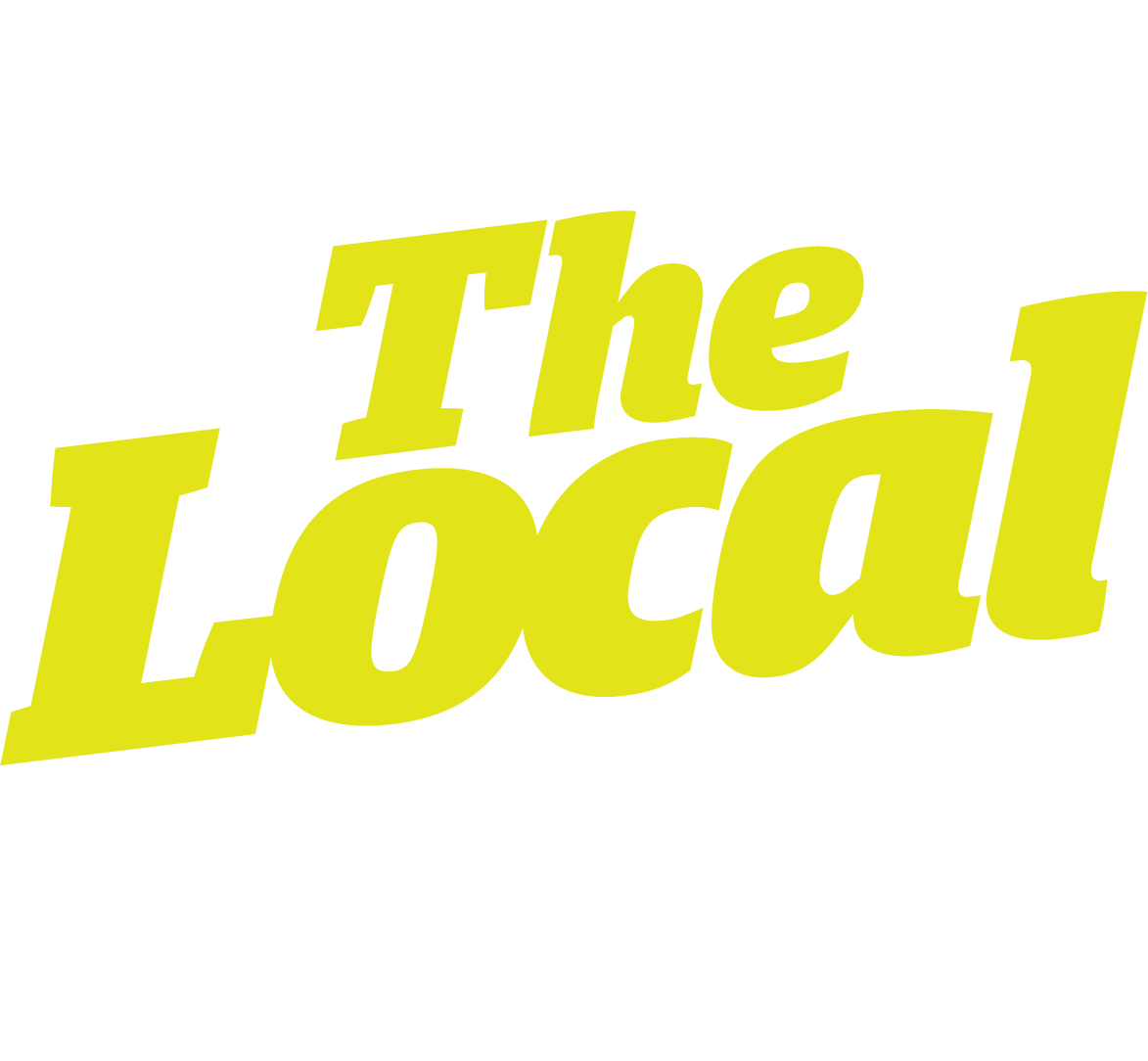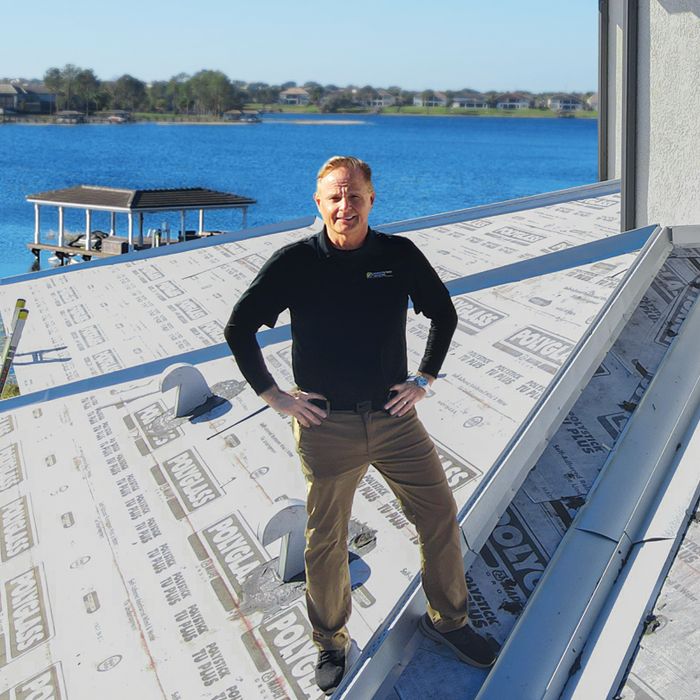
October 19, 2022, started just like any other Wednesday. It was 7:45 am, and Gus Aref was working the room at Horizon West Professionals, shaking hands and cracking jokes as he caught up with friends and colleagues. Sure, he woke up that morning feeling a little lethargic; indigestion had kept him tossing and turning most of the night. And he was still feeling very full— odd, because he had skipped breakfast.
He had just taken a seat on the couch, settling in for the morning’s presentation, when a wave of nausea cascaded over him and there was a shooting pain under his lower ribs. “It was an odd sensation,” he remembers, “like a muscle cramp, but under my ribs. Near my stomach.”
He took some deep breaths, shifted in his seat,and tried his best to pay attention. But as the minutes crept by—8:05,8:10 —he became more and more uncomfortable.Feeling sweaty, except there wasn’t any sweat.The fullness grew heavier with every breath, becoming a weight on his abdomen. Everything inside his ribs started to tighten. By 8:15,it wasn’t just uncomfortable—it was downright painful.
“I still thought it was indigestion.I’d had similar experiences in the past, and they always went away, but something wasn’t right.I just felt off,” he says.
Ever so quietly,Gus got up and left the meeting. And as he walked to his car,the pain intensified, sending shockwaves up the front of his neck and into his jaw.
By the time he got to Orlando Health in Horizon West,just two miles away, “I was screaming in pain. I’ve never felt anything like it,” he says.
Turns out,Gus was in the throes of a heart attack—and not a mild one.“I was having a STEMI – a ST-elevation myocardial infarction,” he explains. “Most people know it as ‘the widow-maker.’”
Medically speaking, a STEMI is characterized by 100% blockage of the left anterior descending (LAD) artery, the one that transports a major amount of blood to the heart. If blocked, the heart can run out of oxygen and stop beating,oftentimes leading to death.Hence the foreboding moniker.
Statistically, an ER team races against time to unblock your LAD artery—restoring the blood flow within 60-90 minutes literally saves lives and prevents scarring on your heart that can do permanent damage.
In Gus’s case, after just 10 minutes in the emergency room, he was airlifted to the cardiac care unit at Orlando Health Central in Ocoee.
At first,Gus tried to refuse the Life Flight . “I was embarrassed. I kept thinking I would get to the hospital and the doctors would tell me it was just indigestion. It hadn’t sunk in that I was having a heart attack. In fact, it still feels surreal.”
Within the hour, he was catheterized, and two stents were placed in his artery. By the next day, he was home recovering.“The doctor was delighted to share with me that my quick reaction and attention to the matter helped spare me from any heart tissue damage.”
Gus was one of the lucky ones. More than 1 million Americans will suffer from a heart attack this year, and about 150,000 of them will die, according to the American Heart Association. Thing is, more than half of those people won’t recognize its symptoms.
“People have this idea of the Hollywood heart attack, which is a man squeezing his chest and falling to the floor,” Gus explains. “That wasn’t my experience at all, which is why I didn’t think it was serious. But I knew enough to know that something wasn’t right. That intuition is what made me leave the meeting and go to the hospital. I’m so thankful I trusted that instinct.”
It’s been four months since Gus’s heart attack and life has returned to normal. “I’m fortunate that I was already living a healthy life, so not much has changed.” He stays active and maintains a heart-healthy Middle Eastern-Mediterranean diet.
If the scare changed anything, it was his priorities. “My wife, my kids, they’re my everything,” Gus says. “The heart attack really scared them. And seeing them scared…that hurts me. So has my life changed in any big way? No, not as far as diet or exercise.I was always healthy. Sure, I might have worked too hard, so I am being more mindful about taking time off from work. But mostly, the biggest change is that I am more aware of time—that what we have is limited. So I want to make the most of it, to spend every minute I can living and laughing with the ones I love. That’s my priority: Quality time with my family. I value that more than anything now.”

Symptoms you never suspected
Not all chest pain is a heart attack symptom
Pain is unlikely to be heart-related when it:
- Is momentary, lasting only for a few seconds.
- Feels like a prickling sensation.
- Is in a small, well-localized area of your chest.
- Can be reproduced when you press on your chest
or move your arm. - Radiates below your abdomen and into your legs.
So, what does a heart attack really feel like?
Heartburn-like chest pain.
It’s quite common for heart attacks to feel like acid reflux or, like Gus, indigestion.
Shortness of breath.
Some heart attacks don’t cause pain at all. These “silent heart attacks” are most common in people with diabetes, women, older adults, and those who have had bypass surgery.
Profound fatigue.
This symptom is most common in elderly patients and women, and is often misdiagnosed as a flu-like illness.
Nausea and sweating.
While these symptoms can come with heavy chest pain, they also can occur by themselves, especially in women. These symptoms commonly accompany heart attacks to the inferior wall (bottom) of the heart.






